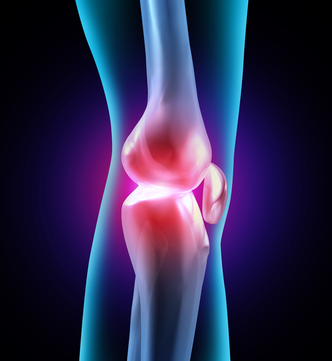Osteoarthritis is a degenerative disease that affects cartilage of a joint, and is especially seen among older people. Osteoarthritis affects about 27 million Americans of age 25 and older. Aging brings changes in the cartilage causing the main risk of developing osteoarthritis. Scientists suggest that autophagy could be one of the main reasons that lead to osteoarthritis.
Autophagy is defined as a catabolic mechanism of unnecessary or dysfunctional cell components in the body, maintaining homeostasis. The malfunction of this mechanism leads to aging, while enhancement of this autophagy – leads to protection and regeneration of cells. In other words, autophagy is like your toothbrush that helps you to keep debris away of your teeth, maintaining your teeth health. Autophagy gets less efficient when we age. So, scientists began their investigation for something that could activate this mechanism, and give us a hope to cure aging diseases as osteoarthritis.
American College of Rheumatology conducted a study to see if Glucosamine (amino sugar) could activate the autophagy mechanism, and indeed it could! Beatriz Carames et al. treated human cartilage tissue and mice with Glucosamine. Autophagy markers were activated and identified by Western Blotting Analysis, indicating that glucosamine induced autophagy process in the cartilage. Remarkably, it was especially profound in the superficial upper and middle zones of cartilage, where the earliest osteoarthritis structural defects usually occur. Glucosaminealso has been found to regulate various chondrocyte (cartilage cells) functions. The finding that glucosamine activated autophagy raises the possibility that glucosamine can be used to maintain cellular homeostasis and joint health. This is an exciting and promising finding for osteoarthritis patients and also for aging population. The cornerstone was laid in vivo and vitro. However, further research with osteoarthritis patients is needed.







